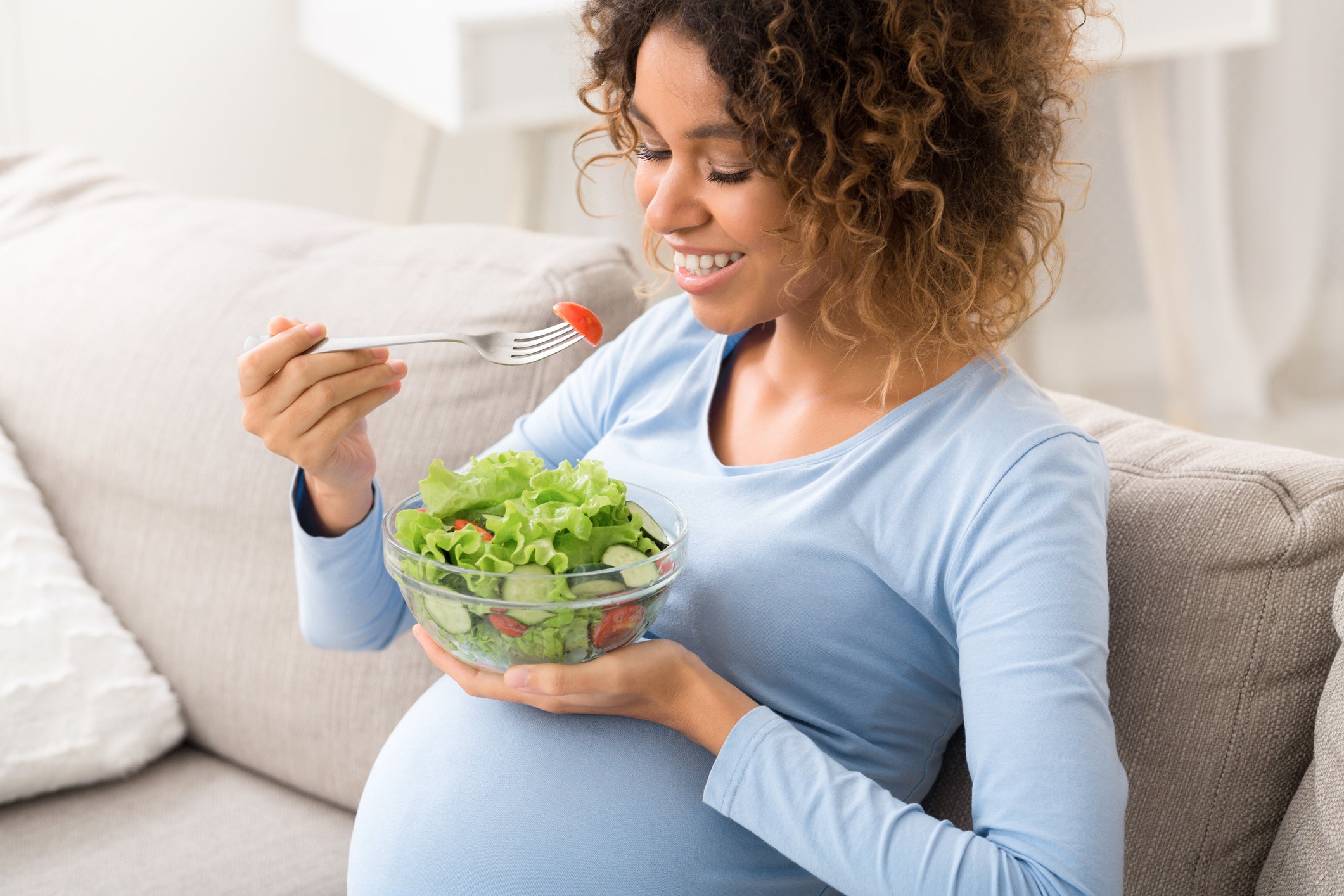-
How to Keep your Children Safe on Halloween During the COVID Pandemic

2020 has been quite a year! If you’re like many of us, you’ve probably got mixed emotions about the upcoming holiday season. On the one hand, it would be great to get back to a sense of normalcy, embracing well-loved traditions despite the COVID-19 pandemic. On the other hand, what’s safe? As Halloween approaches, many parents are wondering how their kids can safely celebrate this festive holiday.
So, is trick-or-treating safe in 2020? If you think of all the ways Halloween is typically celebrated, with dances, parties, hayrides, and carnivals, trick-or-treating seems like a more manageable activity. It’s outside, and it’s relatively easy to stay socially distant from other kids. If you’re in a quiet neighborhood, trick-or-treating might be the way to go.
Infection disease specialists, however, urge caution. Especially if you live where community spread is still high, trick-or-treating may not be a good idea. If you’re in an area where the prevalence of COVID-19 is low, it’s still wise to be aware of potential dangers. What are the riskiest elements of trick-or-treating this year?
- Being in a large group.: Trick-or-treating in a group of friends may not be the best idea, because being close to people from another household and spending several hours together brings a risk of virus transmission. If your kids have their hearts set on trick-or-treating with their friends, limit it to 3-4 kids from families who have been social distancing.
- Face-to-face exposure at neighbor’s doors: Walking to a door, knocking, saying “trick or treat?”, taking some candy, and leaving doesn’t involve a lot of face to face time, it’s true. But even though it may not seem risky, the more households you visit, the more exposure you have, especially since other kids are lingering on the same doorsteps.
- Touching things: This is the least concerning factor- just use hand sanitizer frequently and wash hands when you get home. There’s little risk of infection from candy wrappers, but to be extra careful, set aside most of the candy for 3 days before eating it.
The CDC advises that staying home may be best this year, celebrating Halloween by decorating your house, carving pumpkins, having a movie night, or maybe hosting a virtual costume contest. If you’re handing out candy, wear a mask or consider placing individually bagged treats on the porch. If you do decide to trick or treat, though, incorporate face masks into the costumes, don’t let kids share props or toys, and talk to your kids about not touching too many things or digging around in candy bowls.
At Center for Vasectomy Reversal, we love helping to create healthy, happy families. Under the direction of Dr. Joshua Green, our team provides state-of-the-art treatment for men who need a reversal of their vasectomy or have other fertility concerns. To learn more, contact us through our website, or call 941-894-6428 for a free consultation.
-
Fun and Easy DIY Halloween Costumes for your Infant

Halloween is so much fun when you have small kids! While it’s great to get to take kids trick or treating and watch them enjoy the holiday, there’s also something to be said for picking out a costume for a child too little to care. You get the thrill of seeing your cute baby in a costume, and no one stands in the way of your vision with different ideas for how they’d like to dress. It’s an all-around win! Do you need inspiration? Check out these cute, fun, and easy Halloween costumes for your infant.
- Max from “Where the Wild Things Are”: In the book, Max wears a wolf suit, but if you don’t have a wolf suit, attaching a tail to some pajamas will suffice! Top it off with a paper crown, and you’re good to go. Bonus points if your little one totes a stuffed monster.
- Baby Chicken: A onesie, some leggings, a cap, and felt sheets are all that’s required to turn your baby into a charming fowl. Just cut feathers out of felt, affix them to the onesie with hot glue, cut out a “comb” to glue to the cap, and voila! Instant baby chicken.
- Bookworm: All you’ll need for a fun Halloween photo op is a stretchy green hat, a green swaddle blanket or sleep sack, pipe cleaners, pom poms, and a headband, glasses, and some books. Make the pipe cleaners into antennae, twisting two pieces together and gluing pom poms to the ends. Taking care to get rid of any sharp points, twist them around the headband. Wrap baby in the swaddler or sleep sack, put the hat on under the headband to protect a sensitive head, and put the baby near the books. Whether the glasses rest on the books or go on the baby is your call, but realistically, they may only last on baby’s face for one quick photo.
- Carrot Baby: A snuggly orange wrap and a matching orange cap are all you need to turn your newborn into the cutest carrot in the garden! Just attach some green felt to the cap to make the carrot top.
- Baby Bob Ross: A big curly wig, blue shirt and pants, and a nearby artist’s palette with brushes is all it will take to transform your baby into this beloved painter and have your friends giggling about happy trees every time they see the photo.
The Center for Vasectomy Reversal loves to celebrate holidays and milestones with healthy, happy families. Under the direction of Dr. Joshua Green, our team provides state-of-the-art treatment for men who need a reversal of their vasectomy or have other fertility concerns. To learn more, contact us through our website, or call 941-894-6428 for a free consultation.
-
Healthy Food Ideas for Your Pregnant Partner

A healthy diet is always important, but it’s never more important than during pregnancy. When the foods eaten are nourishing a growing baby, they must be nutrient dense. Sometimes, the mom-to-be doesn’t have much of an appetite, and that’s even more reason to make every bite count. While it’s ok for her to sometimes treat herself to yummy, empty calories, her diet needs to be loaded with foods that pack a nutritional punch.
- Dairy products provide protein and calcium. Yogurt is a great dairy option, as long as it’s not full of sugar. Try plain yogurt with a drizzle of honey or fresh fruit, or incorporate yogurt into dips and dressings.
- Legumes, especially lentils, are a great source of protein and other nutrients. They contain folate, iron, and fiber, among other nutrients, and can be eaten in salads, soups, and stews.
- Sweet potatoes are amazingly nutritious. One sweet potato has more than 400 percent of the daily requirement for vitamin A, which is crucial in the first trimester. They’re easy to eat, baked or sliced and roasted into oven fries.
- Salmon, especially wild salmon, is one of the best foods to eat during pregnancy. It’s got omega-3 fatty acids and vitamin D, and it’s a safe seafood choice for pregnancy. Roasted salmon filets over greens or rice, served with a sweet potato and steamed vegetables, make the perfect meal.
- Eggs are inexpensive, easy to cook, and packed with nutrients. They’re a good source of protein, and contain choline, which helps brain development, and vitamin D. There are tons of ways to eat eggs, just make sure you cook them thoroughly.
- Lean meat provides protein and iron. It helps the baby grow and keeps the mom from feeling hungry. Small amounts are sufficient, so toss meat into soups, noodle dishes and salads.
- Berries are delicious and nutritious. They’ve got carbs, vitamin C and other vitamins, fiber, and antioxidants, and they help increase water intake. Eat them plain or toss them in smoothies or salads!
- Broccoli and leafy greens contain many important nutrients. Kale, for example, has folate, iron, vitamins C, A, E, and K, calcium, and fiber. Toss greens into a smoothie, cook them with pasta, pile them on a sandwich, or scramble them up with some eggs.
- Avocadoes are creamy, rich, and are an important source of monounsaturated fatty acids. They’ve also got folate, vitamin B6, fiber, and potassium. They’re good for leg cramps, promote healthy tissue and brain growth in the developing baby, and may even ease morning sickness. They’re great in guacamole, sandwiches, salads, omelets, and on their own.
At the Center for Vasectomy Reversal, we love helping couples grow their happy, healthy families. Under the direction of Dr. Joshua Green, our team provides state-of-the-art treatment for men who need a reversal of their vasectomy or have other fertility concerns. To learn more, contact us through our website, or call 941-894-6428 for a free consultation.
-
Reasons Why Men Get Vasectomy Reversals

As many as 500,000 vasectomies are performed in the United States each year, making it a fairly common procedure. It’s not surprising that the numbers would be high, since a vasectomy is a simple outpatient procedure. Interestingly, between six and ten percent of men who opt for a vasectomy later change their minds and have the vasectomy reversed. Why do men get vasectomy reversals? And are those reversals successful?
The reasons for a vasectomy reversal are personal and varied. Maybe the man thought he didn’t want children, or didn’t want any more children, but then he met a new partner and changed his mind. Maybe he and his wife had a child and decided they didn’t want any more, but then that child died, and the loss prompted them to try for another. Maybe the family’s financial resources have increased and having a new family member seems more doable. On the other hand, some men choose vasectomy reversals because the vasectomy has caused pain and other negative symptoms. In that case, regardless of whether or not he wants children, a man might have a vasectomy reversal to alleviate pain.
Most vasectomies are reversible. In fact, vasectomies can be reversed up to 20 years after the initial procedure. It should be noted, however, that the longer a man waits for a vasectomy reversal, the lower the chances are that the procedure will be successful. In general, vasectomy reversals are most likely to be successful if they’re performed by a surgeon trained in microsurgical techniques and the use of a surgical microscope. The chances of success are also increased when the surgeon has done the procedure many times and does it regularly.
There are two types of vasectomy reversals. The simplest and most common is called a vasovasostomy. The surgeon, using a surgical microscope, reconnects the sides of the vas deferens, which was severed in the vasectomy. Sometimes, however, this procedure isn’t possible. In that case, a vasoepididymostomy is performed, in which the vas deferens is connected to the epididymis, the area above the testes where the sperm is stored. In most cases, the vasovasostomy is the more successful of these two procedures.
Of course, a successful vasectomy reversal does not always result in the successful conception of a child. Many other factors come into play when trying to achieve a pregnancy, including the type of procedure and the age and fertility of the man’s partner. After a vasectomy reversal, pregnancy rates range from about 30 to over 90 percent.
If you’re interested in reversing your vasectomy and you’re looking for an experienced professional surgical team, the Center for Vasectomy Reversal is here for you. Under the direction of Dr. Joshua Green, our team provides state-of-the-art treatment for men who need a reversal of their vasectomy or have other fertility concerns. To learn more, contact us through our website, or call 941-894-6428 for a free consultation.
Recent Posts
Popular Posts
categories
- Uncategorized
- Sperm Retrieval
- vasectomy reversal
- Emergency
- Dr. Green
- sperm count
- fertility
- male infertility
- MESA
- medical care
- low sperm count
- IVF
- male fertility testing
- anesthesia
- pregnancy
- sperm aspiration
- semen analysis
- post-vasectomy pain syndrome
- infertility
- VE
- anti-sperm antibodies
- older dad
- general anesthesia
- gender reveal party
- post-operative infections
- baby name
- parent
- baby's first year
- fertilization process
- spinal anesthesia
- ACS Fellow
- nutrition tips
- concierge-level care
- fertility planning app
- azoospermia
- out-of-town patients
- V-V
- post-vasectomy reversal
- conceiving
- vasectomy
- vasoepididymostomy
- smoking
- sperm quality
- baby registry
- infographic
- surgical care
- surgical consultation process
- prostate cancer
- baby gender
- family time
- COVID
- Baby Shower
- Child Care
- Halloween Costume Ideas for Babies
- Halloween
- Halloween Safety Tips
- Celebrity Infertility Spotlight
- Postpartum
- testosterone
- Father's Day
- Father
- Men's Health
- Thanksgiving
- Pregnancy Announcement
- Parenting Tips
- Sperm
